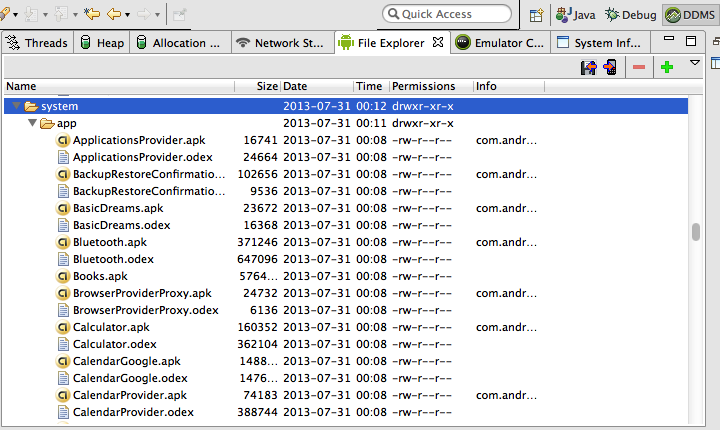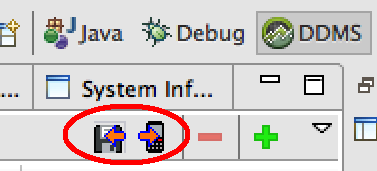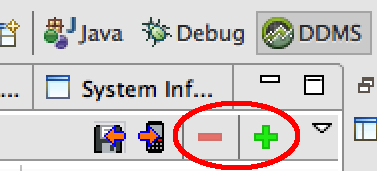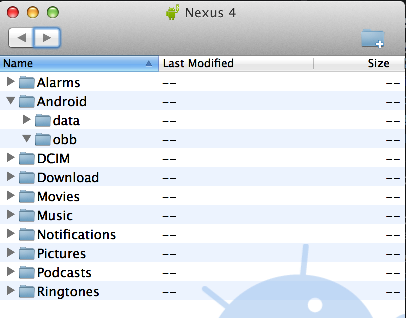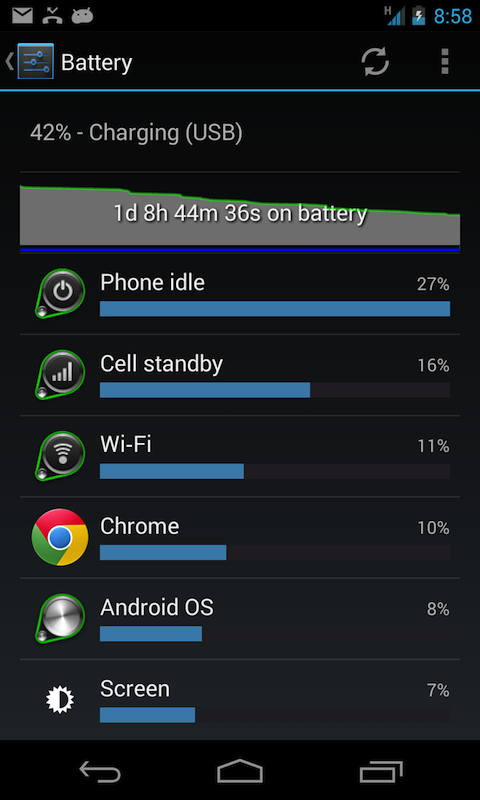When I presented at OSCON (O’Reilly’s Open Source Conference) in Portland, Oregon this last week on native Android GPS and Geolocation, I was repeatedly asked the question “is the GPS in smartphones good enough?” In general the answer is “yes”. But, I should back this statement up by looking at several everyday types of scenarios to help illustrate my answer.
What does accuracy mean? First lets briefly look at what accuracy means. Accuracy, in a technical sense, means you get a latitude, longitude and accuracy number from the GPS. Then you can draw a circle using the accuracy number as radius around the latitude/longitude point. It’s highly likely that your actual location is somewhere within that circle. It’s unfortunate that consumer GPS devices don’t also come with a probability factor that would indicate how much to trust the accuracy number. As it is, we will have to take it on a certain amount of faith that our real location is, in fact, somewhere within the accuracy circle.
Under absolutely perfect conditions your typical smartphone GPS chip will deliver around 3 meters (~10 ft) in accuracy for several minutes at a time. Standing on the highest mountaintop in the Rocky Mountains with no clouds in the sky might come close to being a perfect condition. Under what I’ll call “average” conditions, which reflect everyday in-city usage patterns, you can expect accuracy from 3 – 150 meters (10 ft – 500 ft) or greater and the accuracy number typically fluctuates quite a bit over a period of minutes or hours. GPS signals are affected by anything that interferes with your smartphone receiving the weak transmissions from GPS satellites circling above us. Nearby trees, cars, buildings, big weather storms can all reduce accuracy, and so can being inside a building or underneath trees.
Getting the weather. Now back to the everyday scenarios I mentioned. I bet that most people who own smartphones use them to check the weather at least once per day. Furthermore, weather is typically affecting a large geographic area so the vast majority of forecasts cover cities, counties, States, regions or even entire countries.
I’m going to argue that for this scenario a GPS accuracy of 1000 to 2000 meters, or 0.6 to 1.24 miles is good enough to get started with a finding places app. Values in this accuracy range can be easily and quickly retrieved by a typical smartphone.
Finding places around me. Almost everyone that owns a smartphone has used an app to search for food, gas, groceries etc that are nearby. There’s no hard written rule, but I think most people would agree that users who are looking for places around them tend to be less concerned about high levels of accuracy. Some applications let you choose target levels of accuracy such as 1 mile, 10 miles or even up to 100 miles for the search radius.
I’m going to argue that for this scenario, as well, that a GPS accuracy of 1000 to 2000 meters will also work perfectly fine.
Real-time driving directions. There are only a handful of applications that do this on smartphones, and even fewer apps do it really well. There’s a lot of hidden math involved in making everything look smooth to the user. These apps wipe away all of the complexity: simply give it a starting point and an endpoint and then away you go. We’ve all used these types of applications so we know they work well the majority of the time even with the occasional navigational glitch, hardware lockup or low battery.
Social Media location. Hundreds of millions of people use location-aware social media apps every day. Some of these apps provide you with discounts, give-aways and coupons for retail locations that are around you. For a typical big box store, it’s easy for an app to place you in the parking lot of a Target, Walmart, or a large supermarket and promotions can be based on your location, time of day or day of the week. It’s more challenging for stores with smaller storefronts to use targeted advertising unless someone is simply “in the vicinity”. For example, tiny stores, kiosks and shops trying to compete in high traffic tourist areas have to compete with many other vendors. In a crowded marketplace area, even with 3 meter accuracy you could be standing next to four or more different storefronts.
A final few words
Hopefully these short examples have successfully illustrated the point that for typical consumer-focused applications smartphone GPS is simply good enough. Certainly there are many, many more scenarios that could be examined so I tried to pick the most common ones. Because of the lower accuracy requirements you can get less accurate results faster from a GPS. Speedy results can mean everything for today’s consumers who have high levels of intolerance for application delays.
The opposite is also true, the greater the accuracy requirements the longer it can take to get a more precise GPS measurement. As I’ve mentioned in my others posts on this subject, it’s takes time for a GPS device to get a fix and then it will try its best to hold onto it as you move around. I suspect that most consumers are significantly less demanding about accuracy as compared to commercial and government users. If consumers were more demanding then there would be a greater uproar about GPS accuracy.
To better understand how to make the most of location data check out the other posts I’ve written in the reference section below.
References:
Six most common use cases for Android GPS
How accurate is Android GPS? Part 1 – Understanding location data.
How accurate is Android GPS? Part 2 – Consuming real-time locations
